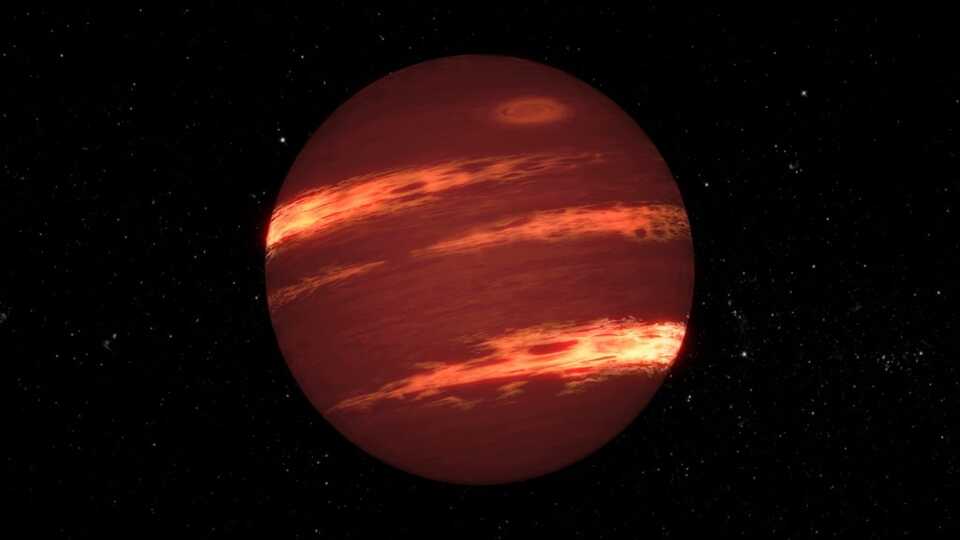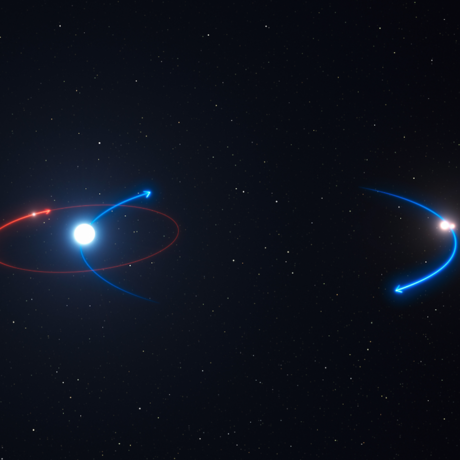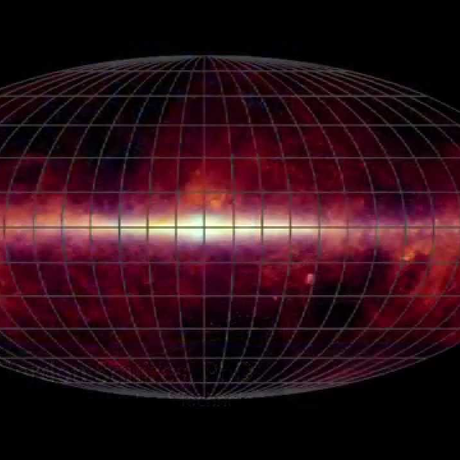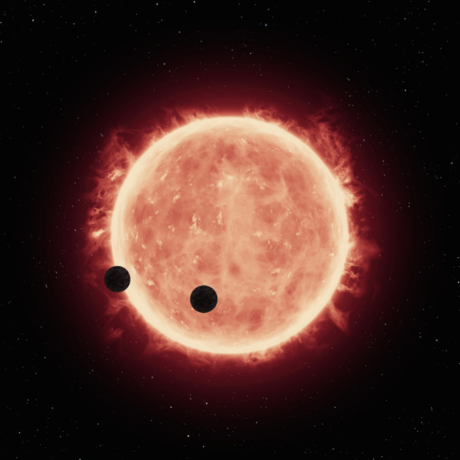Universe Update
Star or Planet? Both or Neither?

This artist’s concept shows a brown dwarf with clouds, much like you might expect to find on a giant planet. Credit: NASA/JPL-Caltech/T. Pyle (IPAC)
While I don’t like to anthropomorphize astronomical objects, I can’t help imagining brown dwarfs as having an identity crisis. “Am I a star? Am I a planet? Neither? Both?” Today, two announcements about brown dwarfs were made describing both their planet-like and star-like characteristics at what would have been the fourth and final day of the 239th American Astronomical Society (AAS) meeting, if it hadn’t been canceled for disappointingly obvious reasons. (Ryan Wyatt, Senior Director of Morrison Planetarium and Science Visualization, wrote a bit about black hole news on Monday. I shared the latest on mapping the cosmos on Tuesday. Yesterday, Ryan highlighted a significant announcement about living in a bubble, not just the San Francisco bubble we live in.)
First, what is a brown dwarf? Brown dwarfs are between a planet and a star, many times bigger than Jupiter but approximately a tenth the size of the Sun. Astronomers refer to them as the smallest objects made in star formation. Unlike main-sequence stars, they are not massive enough to maintain nuclear fusion in their core (they might ignite briefly, but they can’t keep it going very long). As Johanna Vos from the American Museum of Natural History said, “Their temperatures range from the highest setting on pottery kiln all the way down to the north pole on a cold day.” Because of their low temperatures, they are more easily studied using infrared wavelengths of light.
The infrared (literally “beyond red”) refers to wavelengths of light longer and less energetic than our eyes perceive, revealing warm objects. The Spitzer Space Telescope detected a wide range of infrared light, making it one of the perfect instruments to observe brown dwarfs. The size of a small SUV, Spitzer was launched back in 2003 and orbited the Sun at approximately the same distance as Earth. It retired in 2020, but for more than 16 years, it made groundbreaking observations, including one of today’s announcements.
A new class of brown dwarfs recently discovered are young brown dwarfs about the size of giant planets like Jupiter. In one of today’s announcements, Johanna Vos discussed how she and her team applied photometric variability monitoring, tracking the change in brightness of an object as it rotates, to observe these young brown dwarfs. They found that the young brown dwarfs are more likely to vary in brightness and intensity compared to older brown dwarfs from older Spitzer observations. Vos explained this variability is most likely due to clouds in the atmosphere of the brown dwarf, meaning dramatic weather patterns!
Vos also mentioned that this new class of brown dwarfs is similar to exoplanets, planets around other stars. These young brown dwarfs have similar temperatures, sizes, masses, and ages. But since they do not orbit a star, as most giant exoplanets do, astronomers can examine them in great detail to help us set some expectations for future observations of exoplanets’ atmospheres.
Some brown dwarfs have characteristics closer to planets. So you might be thinking they are more planet-like? Well, that is where our following announcement comes in. Emma Softich, an undergraduate from Arizona State University, presented her work in collaboration with the citizen science project Backyard Worlds: Planet 9.
Let me pause to reflect on how wonderful it is to see an undergraduate student presenting their work. Also that the AAS highlighted professional and amateur astronomers working together. Both examining data by eye to help discover brown dwarfs in the galaxy. Okay, unpause.
Using Wide-field Infrared Survey Explorer (WISE) data, five citizen scientists identified what looked to be a typical brown dwarf. Emma then used a combination of three other surveys for detailed observations. And clear as day, there are what appear to be two objects! As Emma reminded us, a “brown dwarf binary is very rare.” (Two brown dwarfs gravitationally bound to each other make up a binary system.) So first, are these two objects moving together? Yes, based on their proper motion calculated from the NOIRLab Source Catalog data. Next, are they both brown dwarfs? Comparing both objects’ spectra gathered by the Keck Observatory to the spectra of known brown dwarfs, yes, they are both brown dwarfs.
But this is not just another example of a brown dwarf binary system. Calculating the physical properties of both objects, mass, distance, and separation of the two brown dwarfs, the team discovered this system has the most significant separation between the two entities, 149 times the distance from Earth to the Sun. Many binary star systems have greater separations, it is, for now, the largest for a brown dwarf system.
Stars or planets? Brown dwarfs are brown dwarfs. These incredible astronomical objects can help us understand planets outside our solar system and still surprise us. They need not suffer an identity crisis—they can just be themselves.




